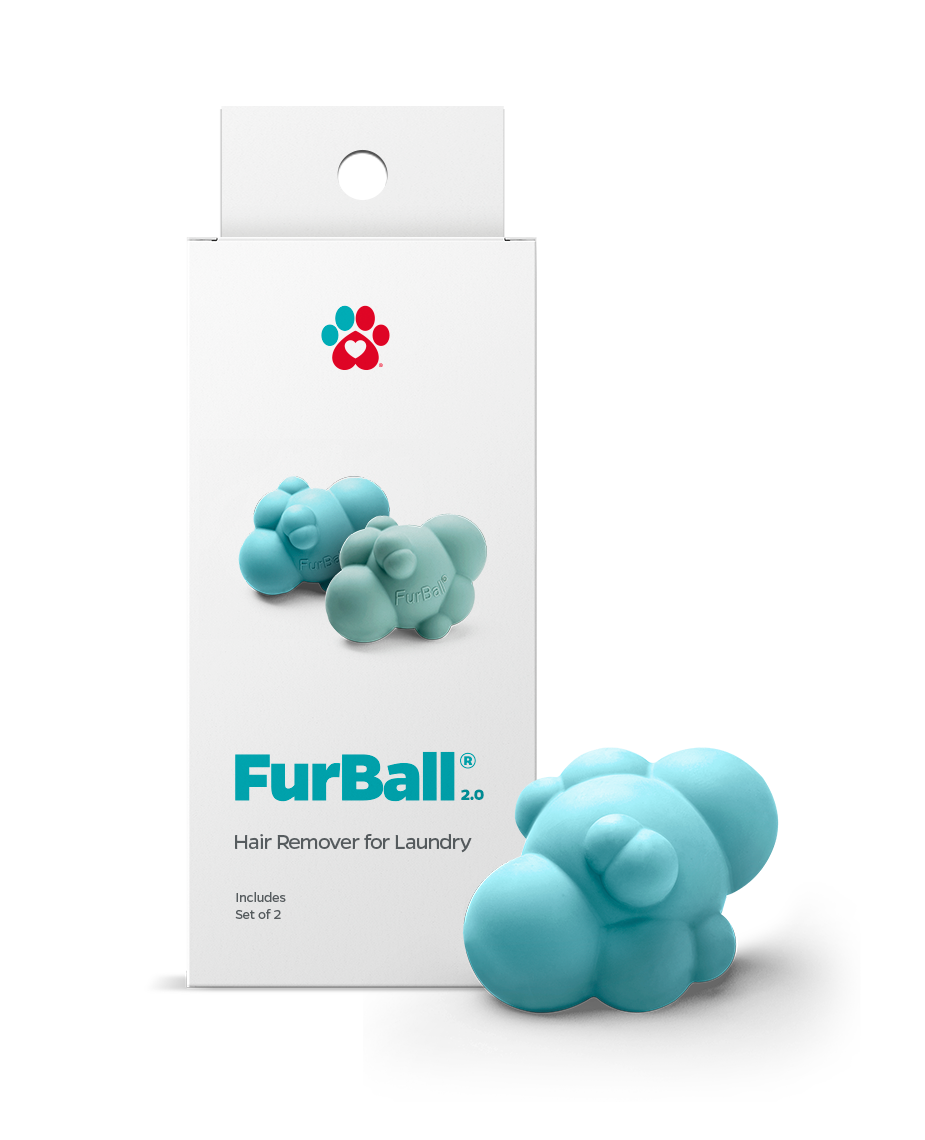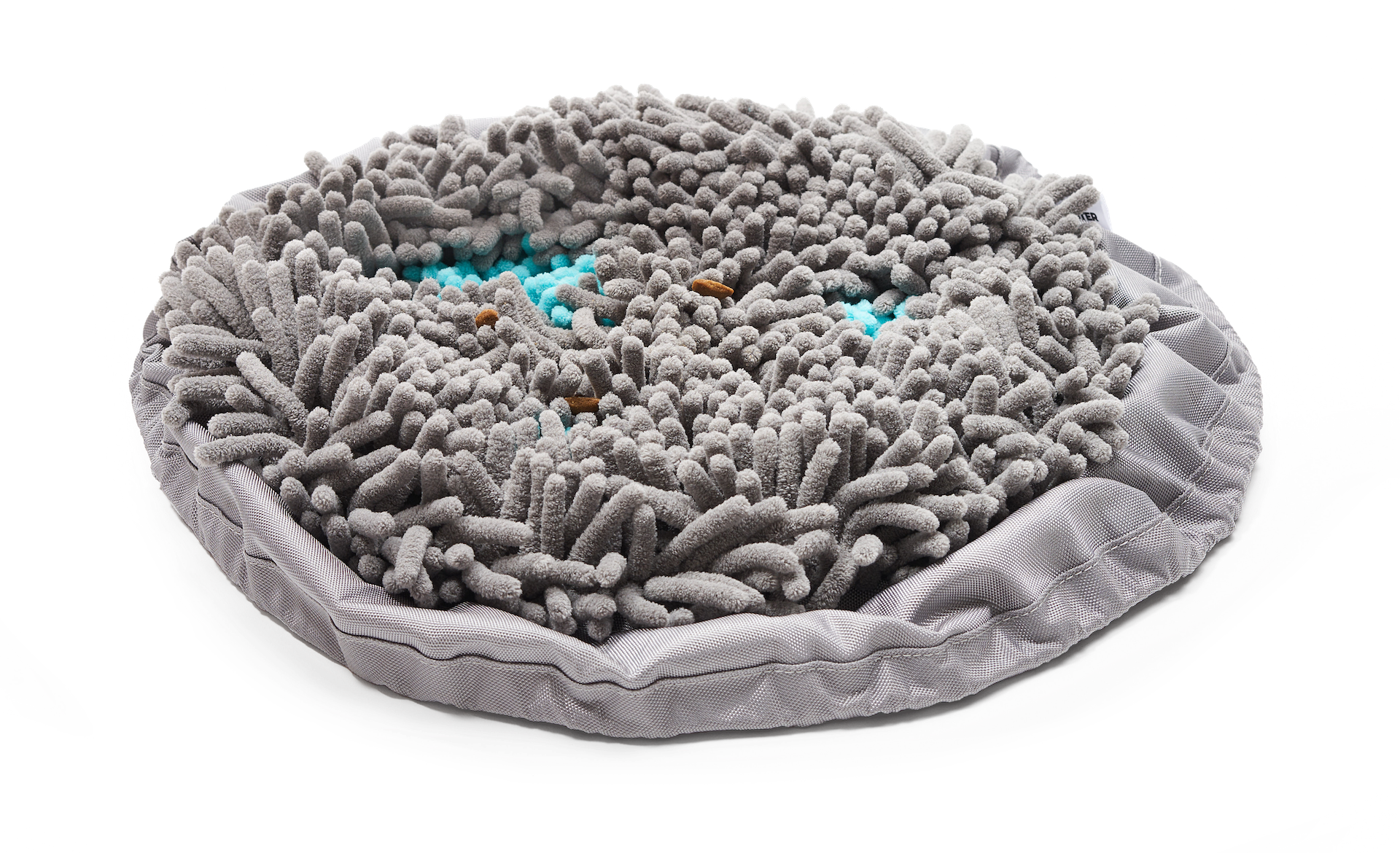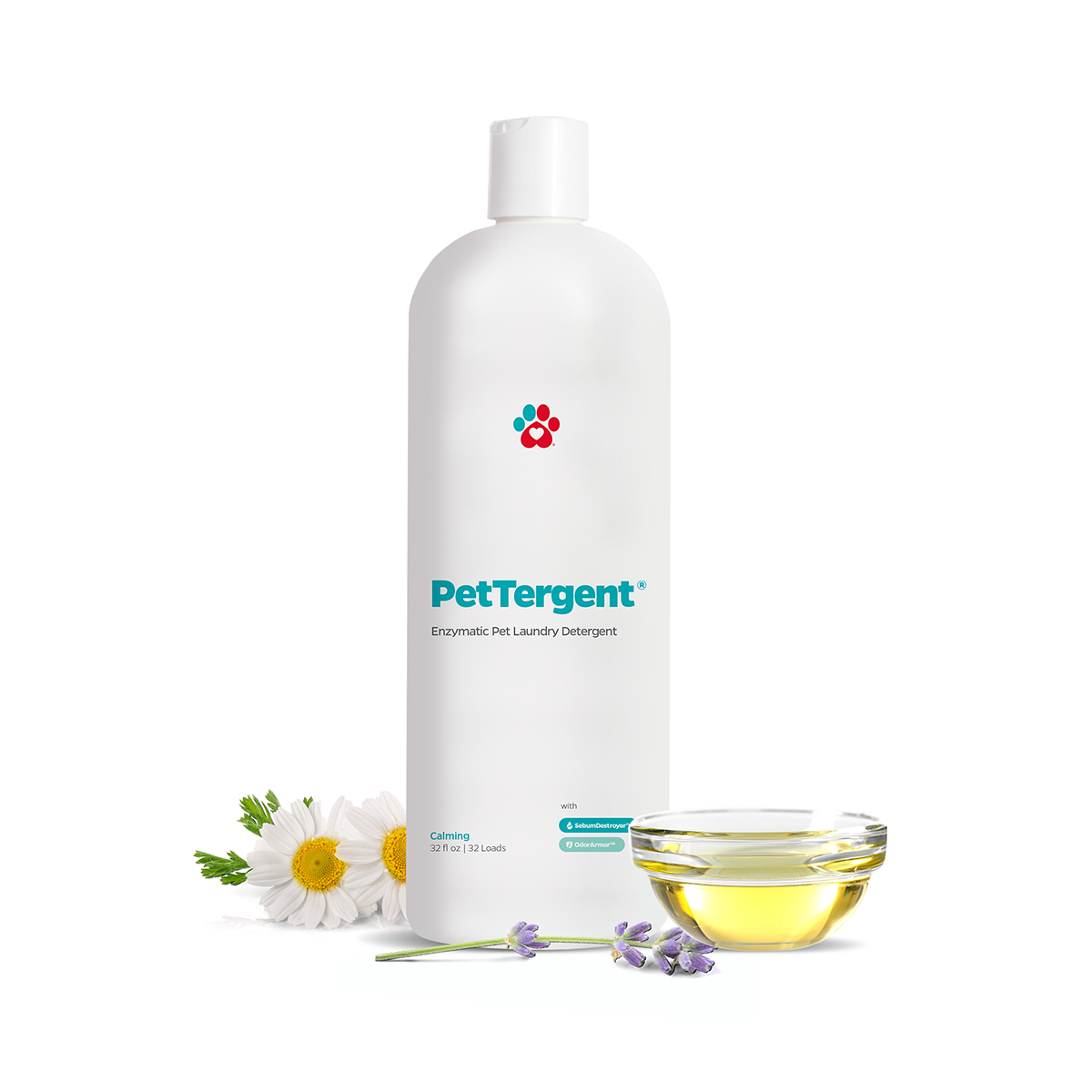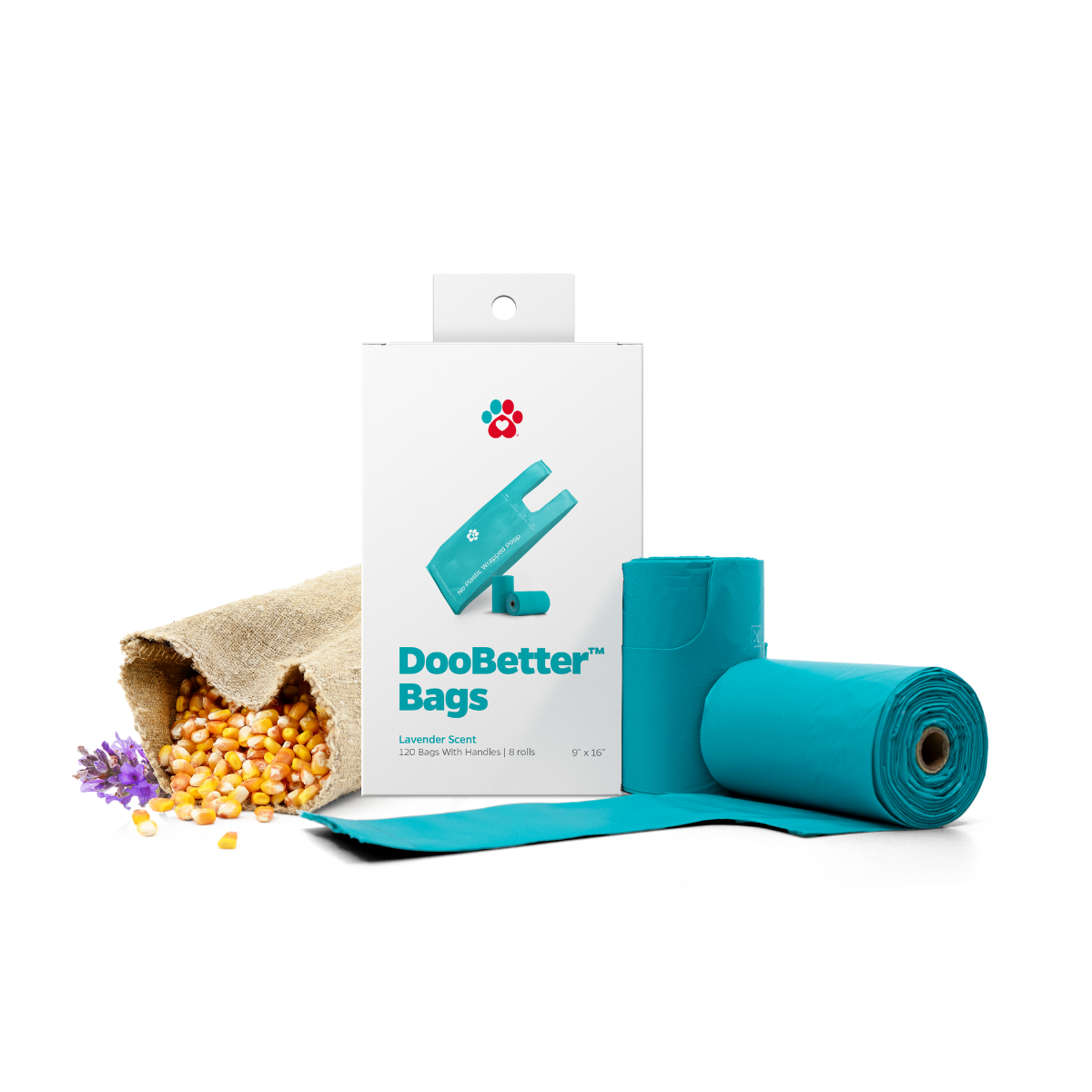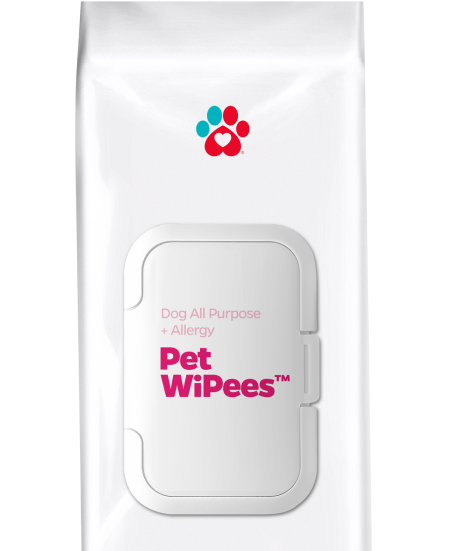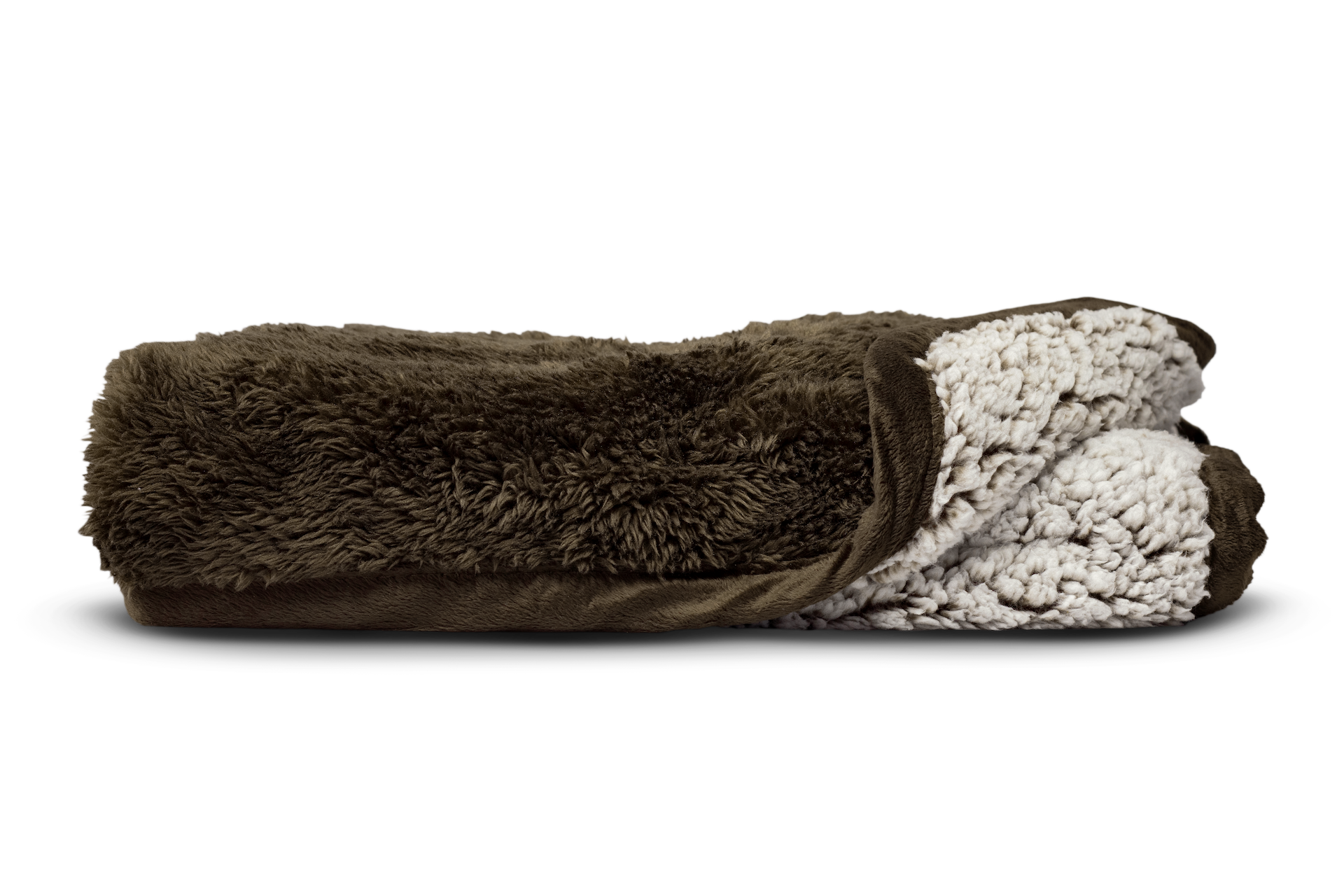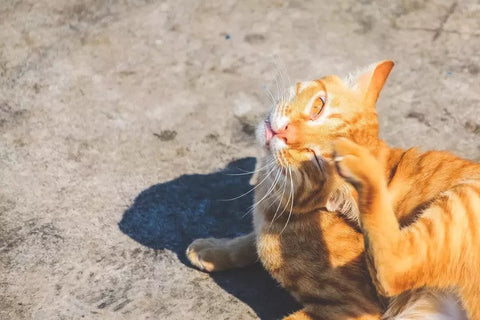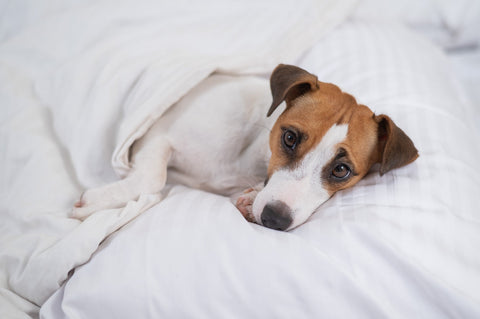Can dogs get dandruff? Yes, dogs get dandruff, too! Dog dandruff is a sign that your dog has dry skin. Aside from that, it may also mean that your furbaby has an underlying health problem that causes flaky, itchy skin. In this article we’ll look at why dogs get dandruff and dog dandruff treatment.
How Do I Know If My Dog Has Dandruff?
Dog dandruff is scientifically called seborrheic dermatitis. The sebaceous glands on your dog's skin create sebum, an oil that keeps the skin supple and moisturized. An imbalance in the skin is the result of these glands overproducing sebum and creating a “dog smell”. There are two types of dog dandruff: seborrhea oleosa (oily seborrhea) and seborrhea sicca (dry seborrhea). Some dogs may have a combination of the two.
Dogs develop dandruff when flakes of dead skin cells start to fall out or hang out on the hair and settle anywhere they land. You may find dog dandruff in your furbaby’s favorite hangout spots. While dandruff typically affects the head in humans, dandruff frequently affects your furbaby’s back, especially the area toward their tail.
Your dog may have dog dandruff if they lick, scratch, or bite their skin frequently. You may detect redness, hair loss, white flakes, and even an unpleasant odor proximate to the affected areas of dandruff in dogs. But you must ask the question, “Why does my dog have dandruff?”. Since dog dandruff frequently arises as a secondary issue, it is also critical to address the underlying source of the issue.
"Dogs develop dandruff when flakes of dead skin cells start to fall out or hang out on the hair."
Why Does My Dog Have Dandruff?
Dandruff in dogs may develop for a number of reasons. In certain situations, dog dandruff occurs frequently in breeds like Basset Hounds, Cocker Spaniels, West Highland White Terriers, Yorkshire Terriers, and Golden Retrievers. Dandruff can sometimes be considered to be a genetic condition among these dog breeds. However, dandruff in dogs is more frequently brought on by an underlying medical condition or something in your furbaby’s environment.
Obesity and Nutritional Issues
Due to an improper diet, your dog may be deficient in nutrients that are necessary for the optimum health of their skin and coat. If there is an imbalance in the food you are feeding your dog is balanced or they are not receiving the correct amount it can create an issue in their nutrition. A lack of specific nutrients can also create dry, itchy skin.
Additionally, obesity increases your dog's risk for a wide range of illnesses. Dandruff in dogs is only the beginning.
Allergies
Dogs with food and environmental allergies frequently experience skin issues like dandruff. Affected dogs may also have stubborn skin and ear infections, may experience seasonal itching, or have a strong urge to excessively lick their paws. And dandruff in dogs is typically just one sign of dog allergies.
Dog Skin Infections
Another cause of dandruff in dogs is bacterial and fungal skin infections. These skin infections might also leverage your furbaby's vulnerability and may cause secondary infections and yes, dandruff! Bacterial and fungal infections need to be treated properly to restore your dog's skin to a healthy state, regardless of whether dandruff or the skin infection occurred first.

Walking Dandruff and Other Parasites
Sometimes what appears to be dandruff is not dandruff at all! Some mites resemble white dandruff flakes and are big enough to be seen with the naked eye. These unwanted visitors, like fleas and ticks which dwell and feed on your dog's skin, will make your dog extremely itchy.
Dry Air
Just like us, dogs also experience dry skin during the winter when the air is drier. Forced air heating may make the problem worse. Lack of humidity in the air may be the cause of dog dandruff if you only see dandruff on your furbaby during the wintertime.
Hormonal Conditions
Changes in your furbaby’s skin, like dandruff, might be brought on by conditions like hypothyroidism and Cushing's disease. They will also be more susceptible to secondary infections due to a compromised immune system.
How to Get Rid of Dog Dandruff
How can you get rid of dog dandruff? Here are four efficient dog dandruff treatment methods that you can help provide dandruff relief.
1. Seek Vet Advice
A medical issue might occasionally be indicated by dandruff in dogs. For instance, your furbaby’s skin problems might result from hormone abnormalities. Blood tests and diagnostic skin sample analysis may be performed by your veterinarian.
2. Add Supplements to Their Diet
Supplements like Pet Parents® Skin & Coat SoftSupps® contain omega-3 fatty acids for dogs, dog DHA, fish oil for dogs, and salmon oil for dogs that can help your furbaby achieve a silky, shiny, healthy coat, and supple-looking skin. You may also include Allergy SoftSupps® made with Bio-Mos®, a scientifically proven ingredient that helps strengthen against seasonal allergies and build a healthy immune system in dogs.
Look for a product with the National Animal Supplement Council Quality Seal, or one that your vet recommends, like Pet Parents®!
3. Only Bathe When Necessary
Here’s one easy way how to get rid of dog dandruff: only bathe when necessary. Bathing too frequently strips the natural oils from the skin, so learn how often to bathe your dog. Additionally, you can purchase dog dandruff shampoo and conditioner. After every bath, make sure to completely rinse because many dog dandruff shampoos can be irritating if they are not rinsed off.
In addition to dog dandruff shampoo, you can use pet wipes in between washes. Pet WiPees™ Dog All Purpose + Skin & Coat and Pet WiPees™ Dog All Purpose + Allergy wipes are gentle enough for every day use and will not dry your dog’s skin. In fact, they are made with beneficial ingredients like aloe vera and and sunflower seed oil to help build a healthy barrier on the skin. Made with SebumDestroyer™, these dog wipes will eliminate dog odors without causing dry skin.
4. Maintain Proper Hygiene

Your dog’s skin and coat health primarily depends on proper grooming, which is also crucial for controlling dandruff. By regularly brushing your dog, you can help remove dead hair and help spread out extra skin oils so they do not collect on the skin. When your dog has dandruff outbreaks, it is a good idea to brush them every day.
Using Pet WiPees™ Dog All Purpose + Skin & Coat or Pet WiPees™ Dog All Purpose + Allergy wipes on your dog after walks, time outside, or just to freshen up will help to remove excess oils. Using 8 different B Vitamins, these dog cleaning wipes not only clean your furbaby’s skin and coat, but they help produce healthy new skin cells, making them perfectly safe and suitable for everyday use.
"Pet Parents® Skin & Coat SoftSupps® contain omega-3 fatty acids for dogs that can help your furbaby achieve a silky, shiny, healthy coat."

Can dogs get dandruff? Yes. But, now that you know how to get rid of dog dandruff, you can evaluate your furbaby's needs more accurately. Even though identifying the best dog dandruff treatment methods for your dog's dandruff can be RUFF, we know you can do it! The steps in getting rid of your furbaby’s dandruff may not only be about skin and coat care, but it is in the right direction. Whether its a dandruff shampoo for dogs, supplements, pet wipes, or allergy medication, there are lots of steps you can take for dog dandruff treatment.
